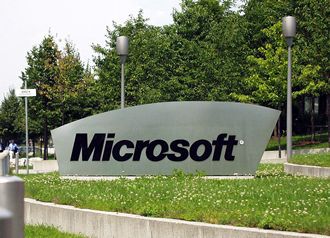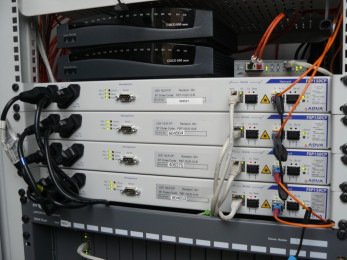 The new IT for the UK’s customs is so unready for Brexit it will fall apart like a chocolate orange, the National Audit Office has warned.
The new IT for the UK’s customs is so unready for Brexit it will fall apart like a chocolate orange, the National Audit Office has warned.
It has said that the Government’s post-Brexit IT system for customs is heading for a “horror show” that could risk £34 billion of public income.
In a scathing assessment, the National Audit Office said the computer system might not be ready by the time Britain leaves the EU, potentially plunging the UK’s ports into chaos.
The £157 million system is due to be completed just two months before Brexit in March 2019, but the NAO says delays common to new IT would cause massive disruption.
In unusually tough language, auditor general Sir Amyas Morse said ministers were only beginning to understand the momentous task of Brexit and that without further resources would find that “at the first tap, this falls apart like a chocolate orange”.
Publishing his report on the Customs Declaration Service, Sir Amyas said the IT system to record declarations on imports and exports threatened to become “a horror show”.
He said that the system is “well regarded”, but not considered flexible enough to cope with new rules after Brexit.
He went on: “At the moment it’s due to deliver just two months before the EU deadline … Our view in this report is that there is very little flexibility, should the programme overrun or unexpected problems occur. There are plenty of such problems that could occur.
“We’re not telling you this is a badly run project but, to be frank, looking at IT projects with still considerable technical challenges not yet resolved in them, we kind of know that it’s normal for there to be some drift in time.
“What’s unique about these circumstances is there can’t be a drift in timescale. Normally if you have this project and it took another six months to be a working project you’d say this is a pretty successful project. But this is not like that.”
Among risks outlined in the NAO’s report is the possibility that Britain’s final deal with the EU might require features in the IT system not yet anticipated by its designers – requiring last minute changes and causing more delays.
The Government wants to migrate from the old customs computer system starting in August 2018 and finish in January 2019. Under Article 50 the UK will leave the EU automatically just eight weeks later.



















